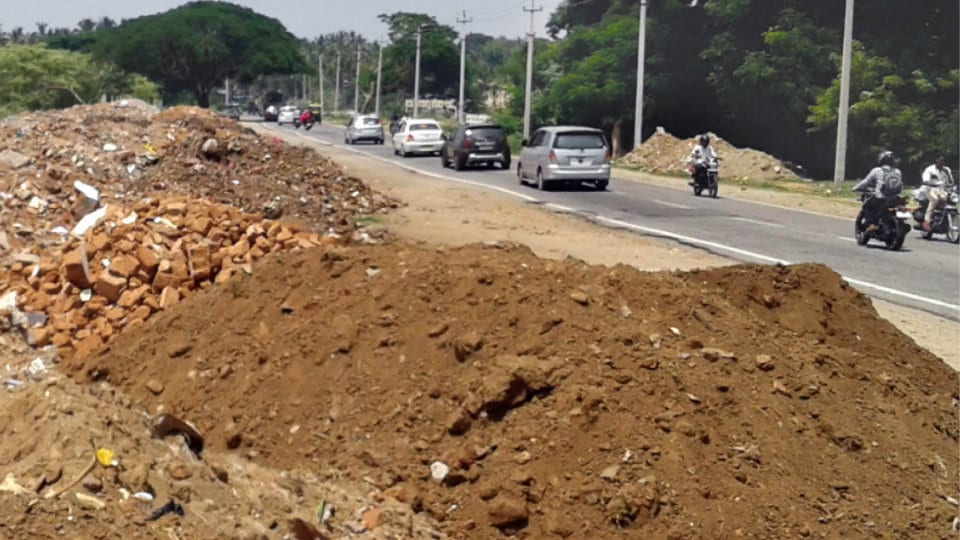The slogan associated with and attributed to India’s first Prime Minister, unity in diversity, prompts one to toy with the term debris, one of the few words in English language which cannot be pluralised, in spite of the all-too-familiar diversity of that mass, appropriately described as rubbish. Urbanites have been showing their annoyance at the civic bodies all over the country, including Mysureans, for inept handling of garbage sourced to houses, hotels, hospitals, mobile eateries, shopping complexes, visitors from outside as tourists littering in the open spaces and so on, a harsh sounding synonym for debris. The mass of a rubble, emerging from the sites of old houses being razed to the ground for building high rise structures, a common sight in every city and town all over the country, has just begun to cause concern to the civic authorities, even as behind the birth of debris or rubbish or rubble and complaining is the same entity. It is superfluous to mention that the entity are the urbanites themselves.
Classifying garbage into a) bio-degradable, b)non-bio- degradable, c) hazardous, d) reusable, e) recyclable and whatever may have paved the way for attempting to deal with the offending mass in a pragmatic manner, although the reprieve seems to be a lost cause for now. In total contrast, debris, as described above, is marked by only one avatar, namely unwanted rubble. More of this mass is emerging in the proverbial Himalayan proportions.
The seriousness of the pace at which debris is being generated in the country, as elsewhere globally, both in terms of its quantity and diversity doesn’t seem to have been realised adequately by both its stock-holders and stake-holders. Only plastic-derived products, particularly cups, trays, shopping bags, spoons and so on have been bestowed spotlight by both environmentalists and civic authorities in the context of addressing the tight situation created by non-bio-degradable residue as well as hazardous matter discarded by hospitals and nursing homes as well as industrial units in their hundreds. Even as digital technology has taken human populations everywhere by storm, the world is up with the challenge of finding space for ubiquitous mobile phones, laptops, ipads, tablets, computer desktops and what have you after they conk-out. Add to this, the rapidly expanding mass of all classes of motorised vehicles that are heading to be banned after 15 years of their use.
The land’s epics narrate stories of demons coming in hordes threatening their arch rivals. The debris, in all its diversity, our own creation, has grown to play the role of demons in the epics. The Gods apparently foresaw the deadly nature of demons and survived in the end. It is now time for that encore for humanity to deal with the deadly debris. Lastly, the debris of the two-legged kind, the unemployable youth, is in a separate class.








Recent Comments